Get to grips with the some of the more obscure tasting notes used by wine experts, with graphics from the Decanter design team...
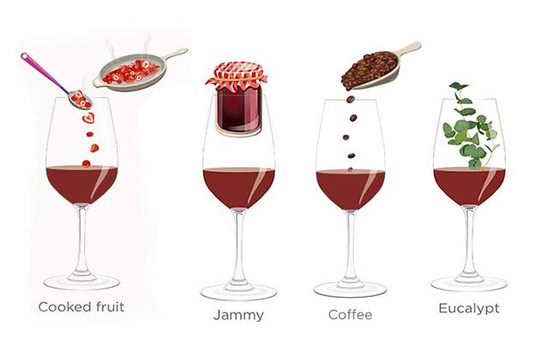
Cooked Fruit
A ‘cooked wine’ can be considered a fault. It can refer to a bottle that has been exposed to extreme heat. This can occur during shipping and is evident to the consumer as the cork can protrude and the wine quality will be greatly diminished.
However, when a person refers to ‘cooked fruit’ when tasting, this means that the grapes have had too much hang-time on the vine or too much sun exposure and are in fact overripe or even sunburned. This leads to a wine that has lower total acidity, which will make it taste less fresh; it will usually have jammy characters. This jamminess can be coupled with a higher level of alcohol, which can create a flabby mouthfeel.
Jammy
The term jammy is usually applied to red wines low in acidity but high in alcohol, such as Californian Zinfandel or Australian Shiraz. It describes ripened or cooked fruit, in which the pungency and sweetness is intensified compared to fresh fruit flavours.
Jammy is associated with red fruits like strawberries and raspberries, as well as darker fruits such as blackcurrants and blackberries — essentially fruits you can imagine making into jam.
As a fault, it can express poor growing conditions in which the vines are overexposed to heat and sunlight. This causes the grapes to ripen too quickly, and the resultant wines can develop a cloying jamminess with a flabby mouthfeel.
Wine writer Robert Haynes-Peterson notes that Pinot Noir wines are most at risk, as these thin-skinned grapes are ‘intolerant of high temperatures which results in jammy, rather than fruit-driven, wines’. Read more
However, some people see jamminess as adding an enjoyably complex and concentrated fruitiness to wines; Matetic’s EQ Syrah from the San Antonio Valley was praised by Decanter’s James Button for its ‘multi-layered jammy and savoury elements’.
Herb & Spice
Coffee
Coffee is one of four key aromas that can help you to understand the difference between an oaked and un-oaked white wine, says Decanter’s Jane Anson. The others are vanilla, coconuts and cloves, incidentally. Coffee aromas can be formed over the ageing process in young wines fresh from the barrel, which is why you so often find a hint of smoky cappuccino in vintage Champagne.
Of course, there’s no actual coffee in your wine. It’s actually a chemical compound that you can smell. An organic compound called furfurylthiol is known to give off a smoky, coffee aroma, which emanates from oak barrel toasting.
Eucalypt/Eucalyptus
Normally associated with Australian wines (particularly Cabernet Sauvignon and Shiraz), eucalypt, mint, and camphor aromas can be found in other wines too, including Argentinian Cabernet Franc. This is due to the compound 1,8-cineole, also known as eucalyptol.
Studies have shown that vineyards with a closer proximity to eucalyptus trees have a higher incidence of the chemical in the wine, and therefore a stronger note of eucalypt. Eucalpytol is transmitted through the air onto grape skins, which are then fermented into wine, giving the distinct character.
Translated by ICY
All rights reserved by Future plc. No part of this publication may be reproduced, distributed or transmitted in any form or by any means without the prior written permission of Decanter.
Only Official Media Partners (see About us) of DecanterChina.com may republish part of the content from the site without prior permission under strict Terms & Conditions. Contact china@decanter.com to learn about how to become an Official Media Partner of DecanterChina.com.

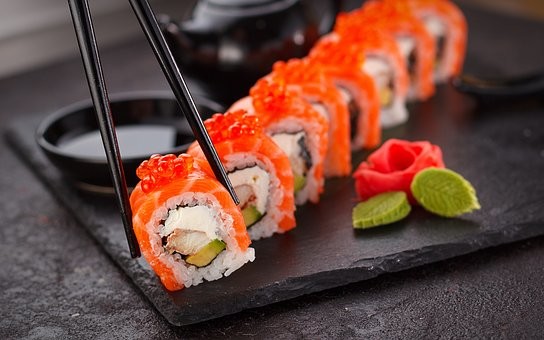
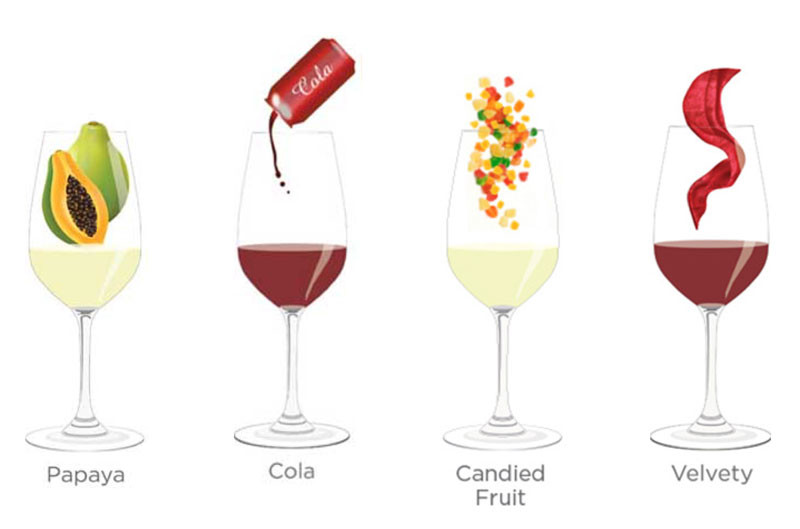

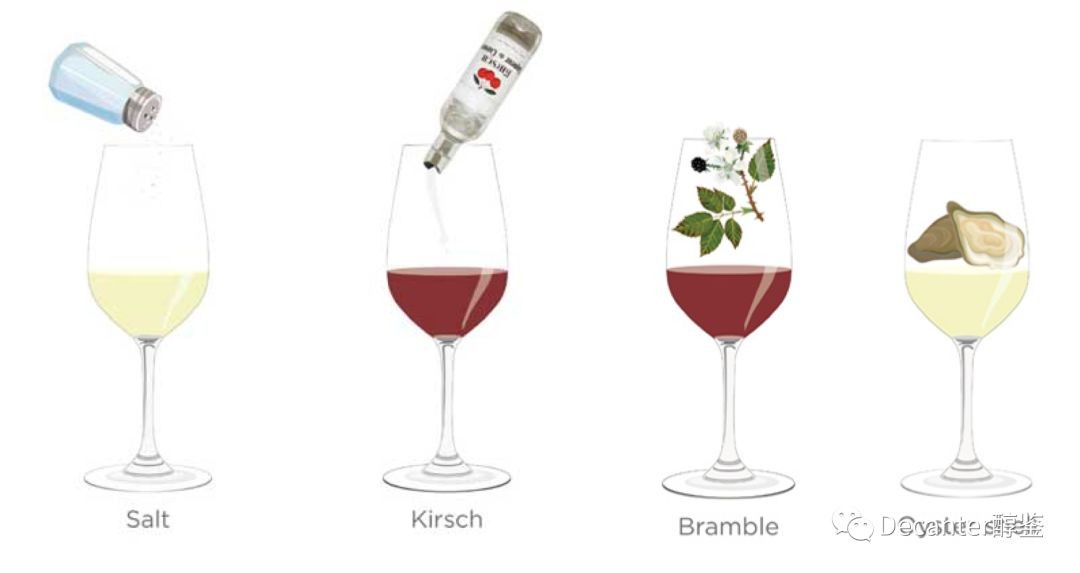
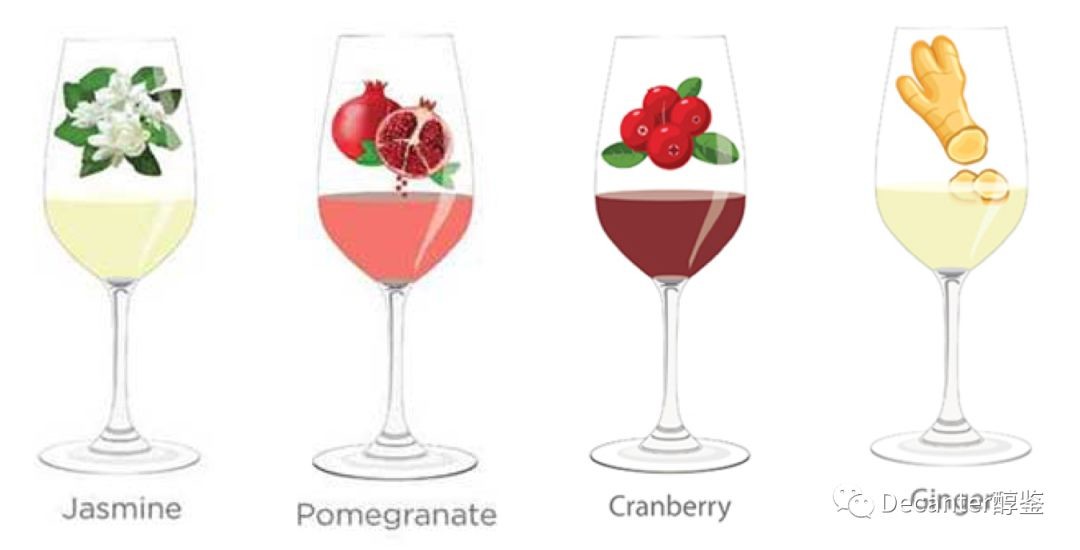
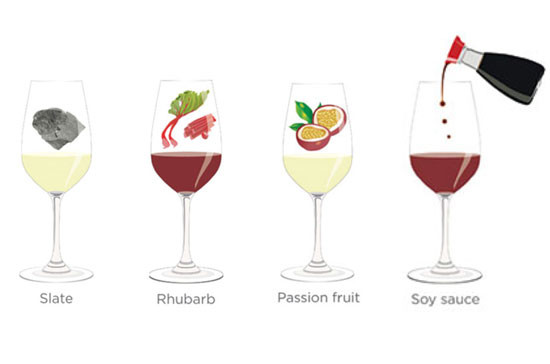
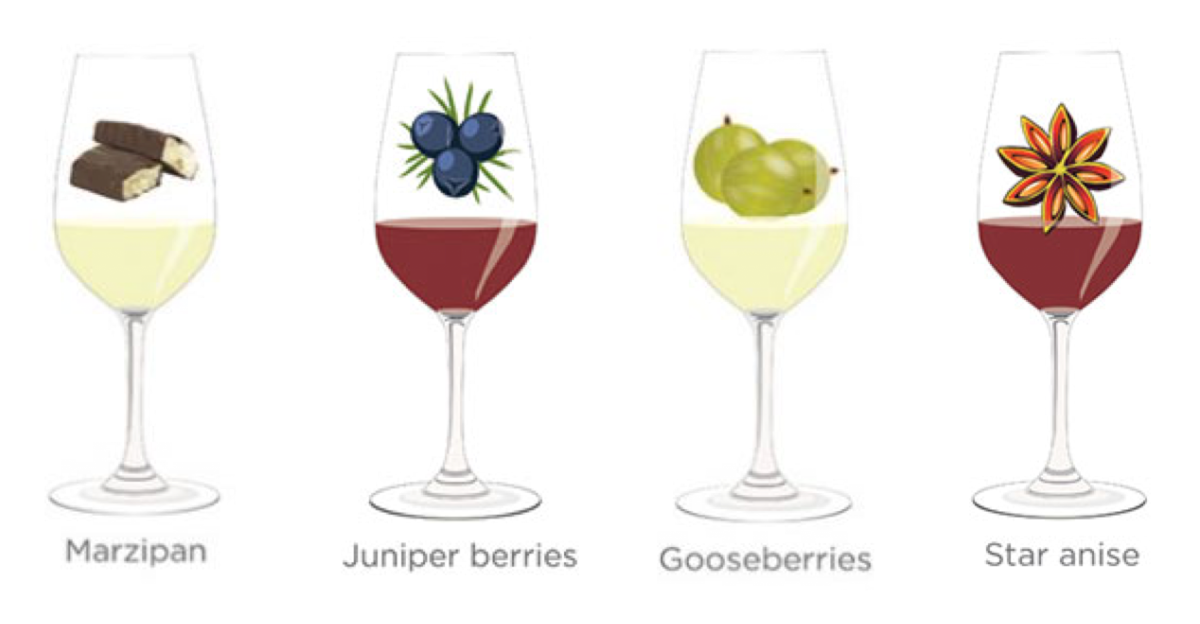
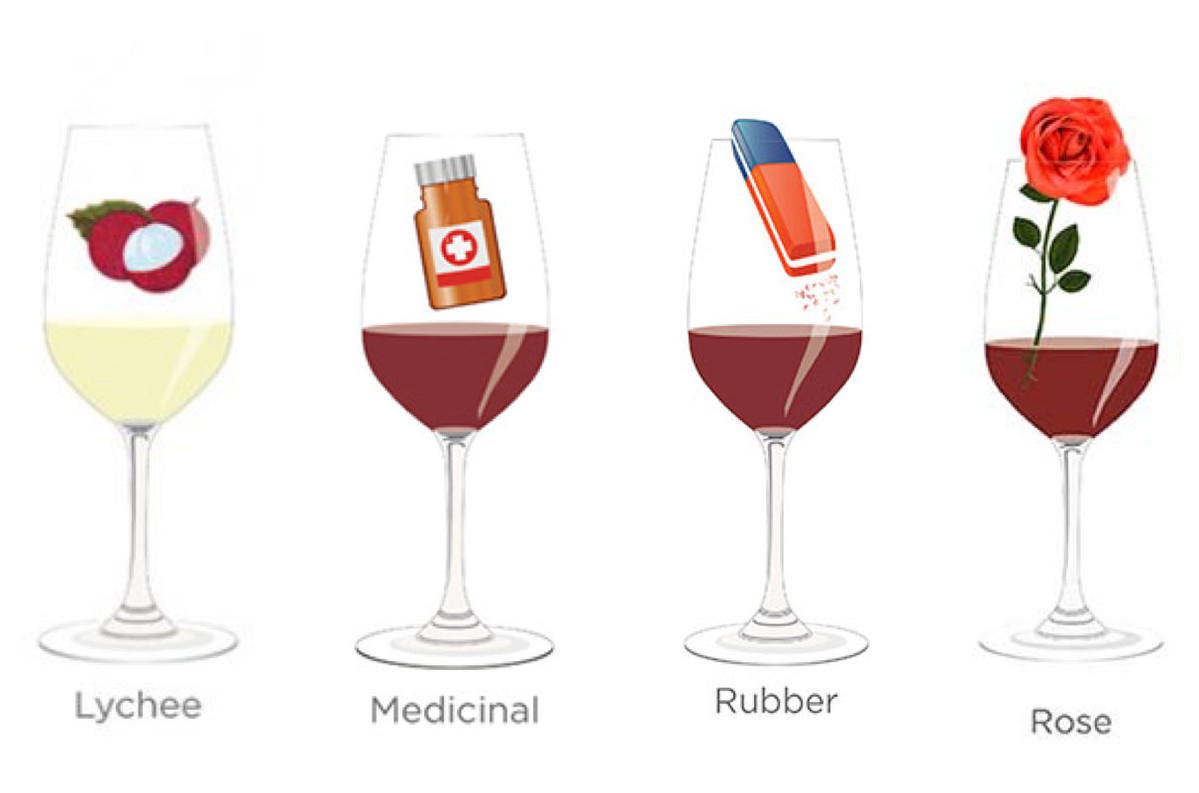
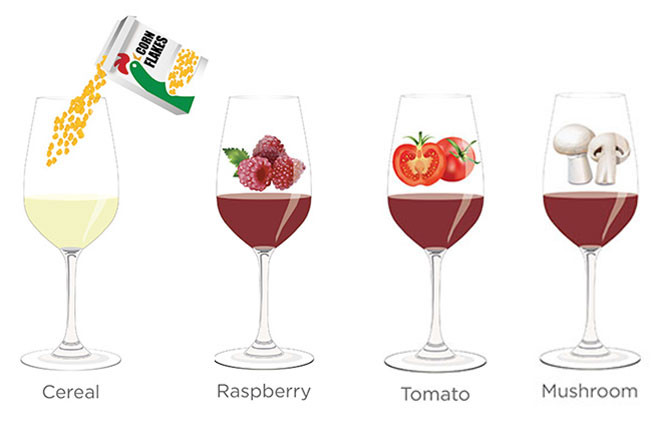
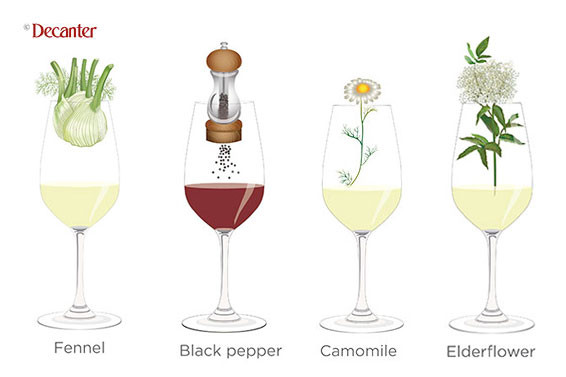
Comments
Submit